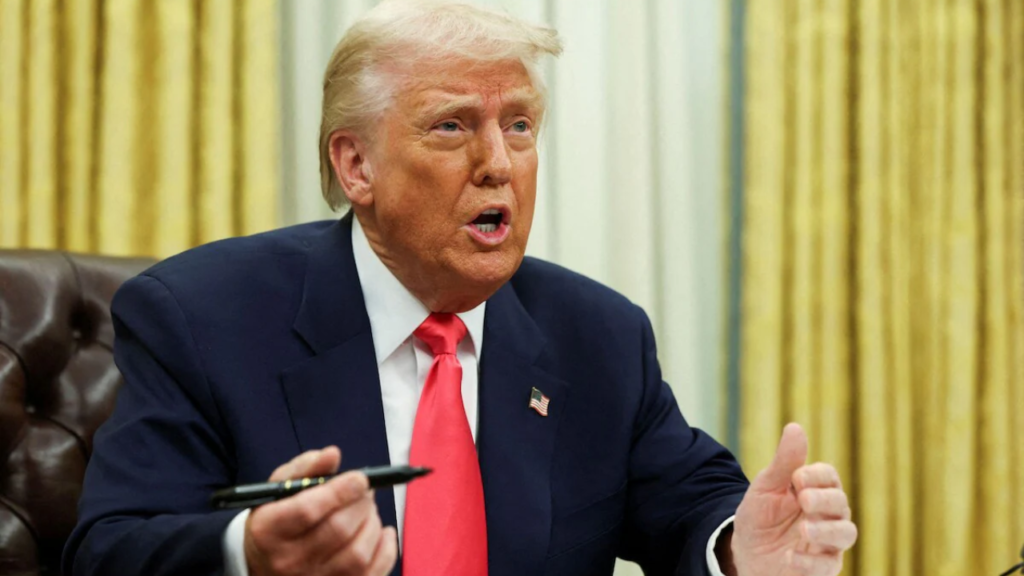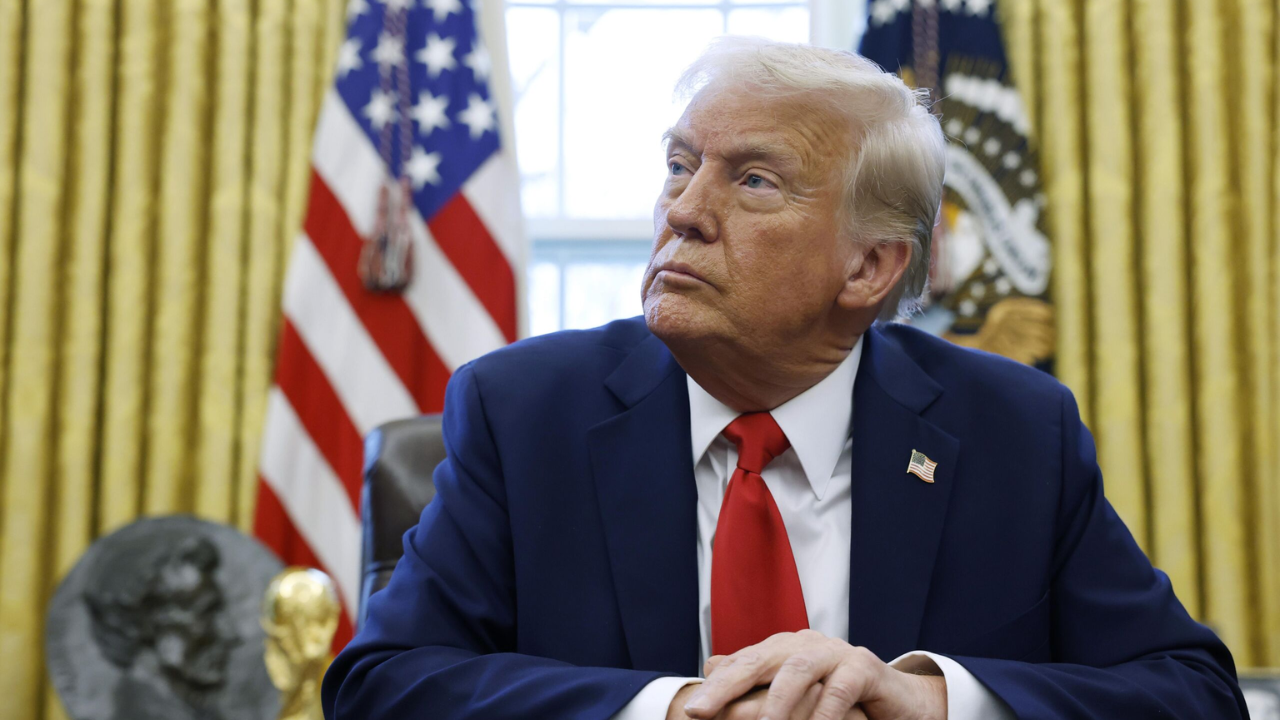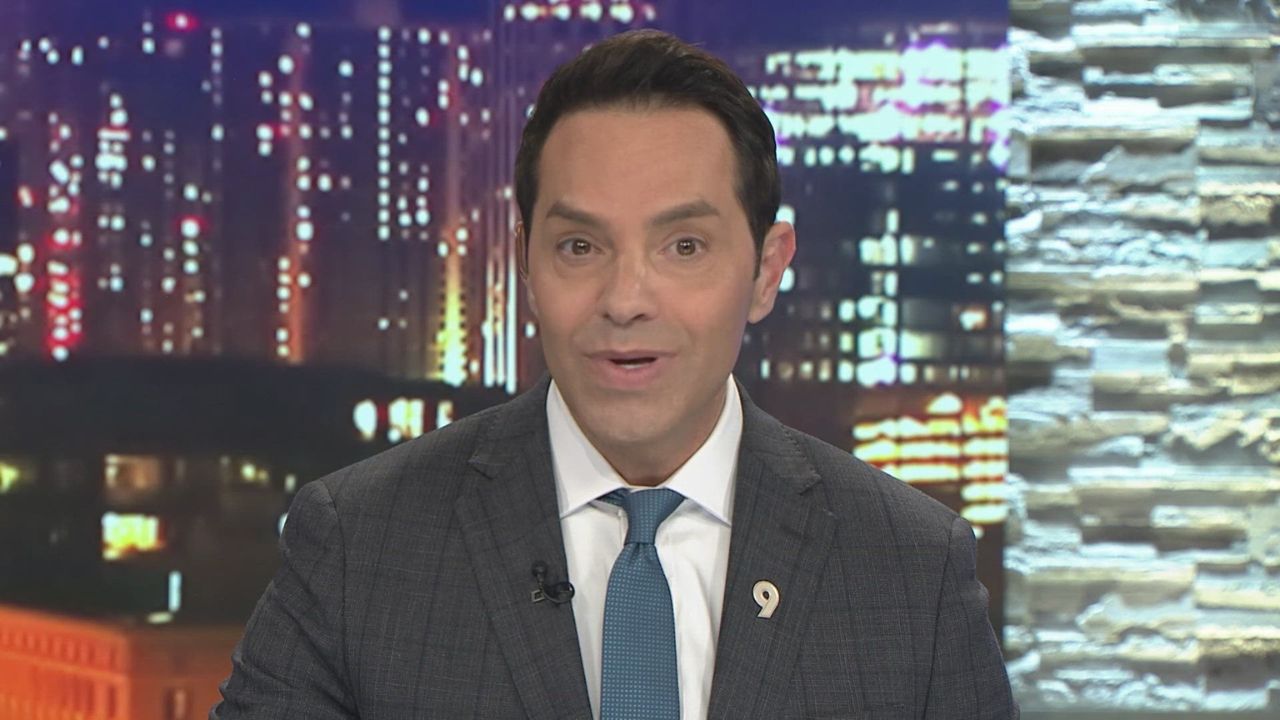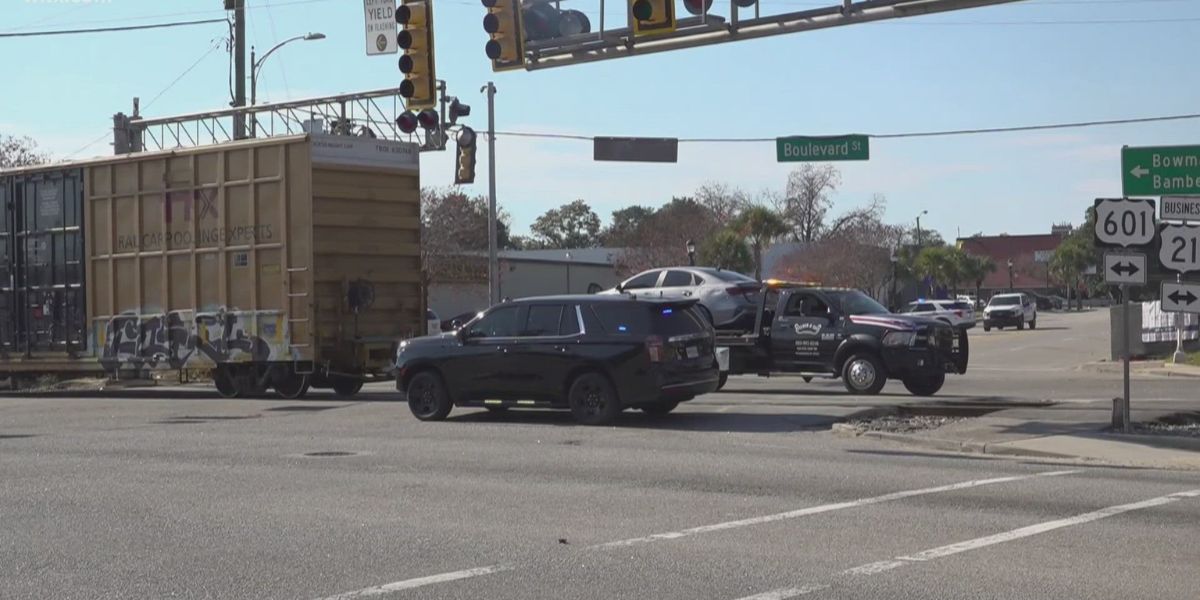President Donald Trump has signed a series of new executive orders aimed at reshaping various aspects of the U.S. education system.
The latest directives cover everything from classroom discipline in schools to how universities are accredited and even touch on artificial intelligence and workforce development.
One of the key executive orders focuses on school discipline. The order is intended to roll back previous policies introduced during the Obama and Biden administrations.
According to Will Scharf, White House staff secretary, those policies created problems in classrooms and made it harder for teachers to manage student behavior.
While behavioral issues in schools have been rising since the COVID-19 pandemic, the order’s real-world impact may be limited, as school discipline policies are typically handled at the local level.
However, Education Secretary Linda McMahon supported the move, saying it was a “commonsense action to boost school safety” and stressed that disciplinary actions should depend solely on student behavior.
Another executive order signed by President Trump targets the use of artificial intelligence (AI) in classrooms.
The goal, as explained by Scharf, is to prepare the next generation of students for the growing role of AI in the economy. The order encourages training students in AI tools from an early stage so they can stay competitive in future job markets.
Higher education was also addressed in the form of a new order aimed at the accreditation process for colleges and universities.
Accreditation is essential because it determines whether a school is eligible for federal student aid. Scharf claimed that some accreditors have been using “woke ideology” rather than focusing on educational performance and merit.
However, many accreditors have denied these claims, noting that schools in states with strict laws against diversity and inclusion have continued to receive accreditation without issue.
This change in approach could have financial consequences for some institutions. For example, Harvard University had $2 billion in federal funds pulled after it refused to change certain policies under pressure from Trump.
Harvard has taken legal action to challenge that decision, and the move has sent a strong message to other universities about the risks of non-compliance.
Another executive order aims to highlight an existing law that requires universities to report large donations from foreign sources.
Scharf mentioned that some universities, including Harvard, have not been following the rules, and this law has not been strictly enforced. The Trump administration plans to ensure greater accountability on this issue moving forward.
One of the more positive measures includes the launch of a White House initiative to support historically Black colleges and universities (HBCUs).

The new initiative is meant to help HBCUs become more effective in their mission and provide greater economic opportunities in their local communities.
Education Secretary Linda McMahon stated that the Department of Education will work closely with these institutions to form new partnerships and exchange best practices.
The final executive order in the series deals with workforce development. The Trump administration plans to increase support for apprenticeships and programs that help students gain career-ready skills while still in school.
This includes promoting dual enrollment programs that let students take college-level courses while finishing high school.
According to McMahon, the goal is to create more job-aligned training options across the country that better meet the demands of the local workforce.
These orders come at a time when education remains a hot-button issue across the country. While some praise the orders as long-overdue changes, others argue that federal overreach could do more harm than good, especially in areas traditionally governed at the state or local level.
The administration maintains that its actions are aimed at improving outcomes for students, giving schools the tools they need to succeed, and holding institutions accountable where necessary.
From school discipline to artificial intelligence and workforce preparation, the orders reflect the Trump administration’s broad and aggressive push to reshape the education landscape in the United States, with a strong focus on control, accountability, and practical skill-building.
Disclaimer- Our team has thoroughly fact-checked this article to ensure its accuracy and maintain its credibility. We are committed to providing honest and reliable content for our readers.






